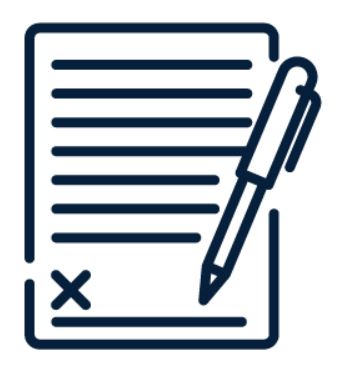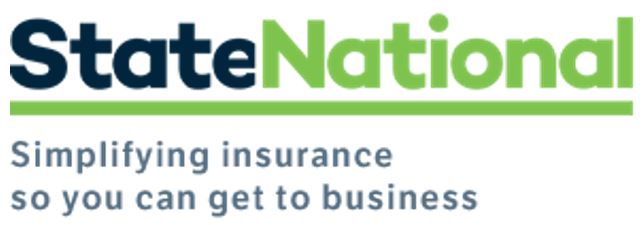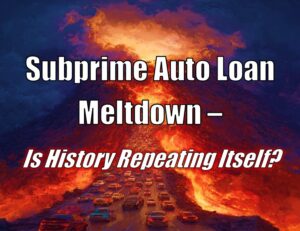
Part 1 of a 3-Part Blog Series on Collateral Protection Insurance
13 April, 2021 – At State National, we have specialized in loan tracking and portfolio protection insurance for nearly 50 years. To us, the ins and outs of collateral protection are second nature — but we realize that it’s a complex product with many layers and variations, and that many people may be somewhat unsure of exactly what it is and how it works.
So, we’ve created a 3-part blog series to explain some of the nuances. In Part 1, we share a simple definition of what collateral protection insurance (CPI) is, what it does, and how it can benefit lenders.
What Is Collateral Protection Insurance (CPI) — and Do You Need It?
On the road of life, we all face obstacles — some we can manage, and others outside of our control. To minimize catastrophe caused by the unavoidable hazards, it’s important to have security measures in place. In your personal life, daily security measures may involve wearing a seatbelt while driving or turning on your house alarm each night. Long-term security measures may involve maintaining an emergency fund or purchasing life insurance. Lenders also need to take both short-term and long-term steps to minimize unavoidable hazards in their institutions.

Collateral protection insurance provides a solution by helping mitigate the risk lenders incur when offering vehicle loans to borrowers. Because CPI can be helpful during all economic circumstances, it serves as both a short-term and long-term security measure.
Understanding how CPI works will help you decide if it is the best way to mitigate risk in your financial institution. And if CPI is the best choice, this understanding will help you choose a provider that is best able to provide the protection and service you need to make your CPI program a success.
A Complex Definition Made Simple
Collateral Protection Insurance (CPI) is coverage placed on a borrower’s vehicle, on behalf of a lender, when there is a lapse in insurance.

When borrowers take out an auto loan, their loan agreement usually requires that they maintain physical damage insurance to cover the loan collateral, naming your financial institution as an additional interest on the policy. Unfortunately, not all borrowers will fulfill this agreement, either never purchasing insurance or letting their coverage lapse. In fact, about 1 in 8 drivers in the U.S. is uninsured — and, in some states, the percentage of uninsured motorists is as high as 29%.
Lenders can choose to retain the risk of loss if damage occurs to uninsured vehicles. However, just like wearing a seatbelt is a smart choice for preventing harm in an auto accident, most institutions transfer risk through an insurance program, such as CPI.












Facebook Comments